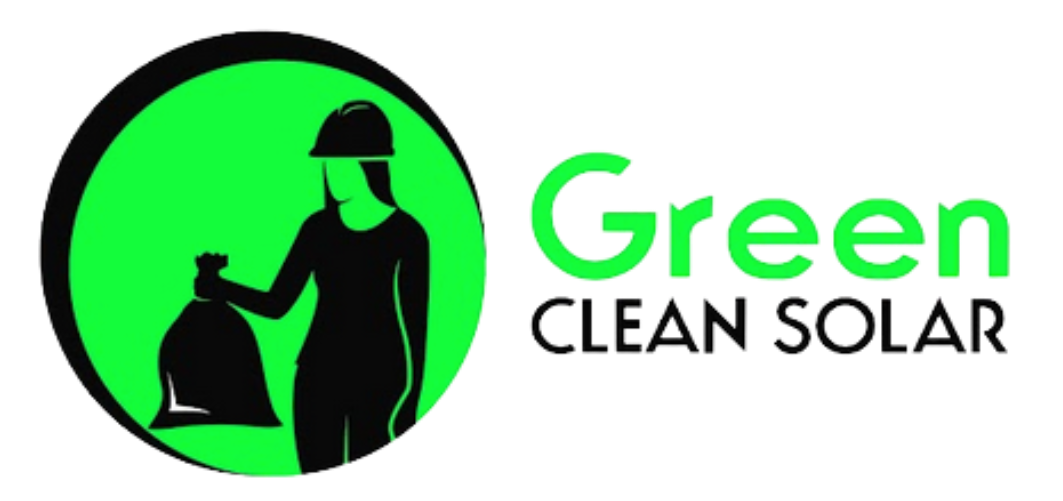
On a typical solar installation site for large projects, construction dumpsters are rented to clear the site and haul off materials to the landfill, where a disposal fee is charged for filling up each dumpster. This includes piling in highly recyclable cardboard. On a 74.5 MW facility developed by Florida Power & Light, it was estimated that about 9,900 cardboard boxes (and wood crates) were used for shipping the solar panels. This is approximately 133 cardboard boxes per MW of installed solar.
When it comes to cardboard, this material is highly recoverable; 75% of the cardboard that exists today is made from previously recycled cardboard. We can expect to see the cardboard that gets recycled today as a new product within an incredibly short turnaround. Of course, the materials must be in fair condition to actually get recycled - dry and uncontaminated. Here is some other proof of recyclability on cardboard:
Recycling cardboard only takes 75% of the energy needed to make new cardboard.
Recycling cardboard produces 50% less sulfur dioxide than making cardboard from raw materials.
Corrugated cardboard boxes are made from 75% recycled material and can be transformed from recycled material to finished products in as little as 14 days.
One ton of recycled cardboard saves about 380-475 gallons of oil and other fossil fuels and 5,000 kilowatts of energy
These facts are great, but what are the benefits for large-scale solar projects?
Is there verifiable waste reduction metrics for ESGs in cardboard recycling efforts?
Environmental, Social, Governance (ESG) Reporting is rising, and environmental metrics are being measured and verified, including waste metrics. By participating in cardboard recycling efforts, your company or utility can begin tracking solar installation cardboard as a waste metric, with a goal of zero cardboard waste. Something that would be relatively easy to accomplish. With more organizations increasing solar developments with C&I and Utility-Scale solar, larger quantities can be reported as a massive waste reduction in ESG reports.
Is there cost savings in solar cardboard recycling?
Handling cardboard on site, like Florida Power and Light, can save on costs by chipping and composting efforts. For FPL, that cost savings was about $180,000 per site. By diverting cardboard from a landfill, you also prevent additional waste hauling fees. There are a number of ways to incorporate cardboard box composting and recycling efforts. Find out how your site can leverage a cardboard waste diversion strategy tailored to your site’s needs. Get ahead of your cost savings now by planning ahead for your cardboard waste diversion plan.
Recycling cardboard reduces Scope 3 emissions
Scope 3 emissions are indirect and include emissions caused by the items that fall in our supply chain. That is, both the carbon required to create the product and the emissions related to how product waste is handled.
Differentiating waste materials, like cardboard, and determining its waste treatment method - whether it will be composted, landfilled, incinerated, or recycled will determine the carbon expenditure by your company and is reportable as Scope 3 emissions.
Can you make money from cardboard waste from solar sites?
Cardboard recycled in large quantities, as is generated in the delivery of solar panels to large job sites, can be turned into recyclers for cash. To ensure cardboard can be recycled, project managers will need to plan to protect cardboard materials so that it doesn’t get wet or contaminated. Cardboard can be reduced in size, bailed, and sold. Using an onsite baler can help take up less space and will be easier to store and prepare cardboard for recycling. Enlisting a cleanup company can help handle recycled materials to ensure you make money from the waste generated on your solar site project.
Cardboard is a relatively easy material to manage, bale, and ship
Unlike heavier, more dangerous materials requiring additional labor and effort, cardboard is relatively more straightforward for crews to manage. It is lightweight, and can be easily broken down, stacked, and piled up. It can be baled onsite to reduce space, and it can be shipped off for a return when recycling.
Your crew can handle the management of cardboard. The responsibility can be contracted to a solar waste professional who knows how to make sure the materials stay valuable so you can sell them and not have them rejected for contamination. Having a partner onsight to clean up as the project progresses is a strategy being used more and more.
The future is a closed-loop system for Solar PV
Ideally, as an Industry, it will be the most beneficial to veer toward reducing cardboard waste. PV Pallet has launched reusable PV delivery systems to reduce and eliminate wood pallets and cardboard waste. PV Pallet’s reusable system for panels can be used for safe shipment and stacking and is intuitive by being adjustable. When using PV pallets on a site, PVs that need recycling can be reinstated into the reusable pallet and are reused for shipping and delivering PVs until it requires recycling.
Green Clean Solar is your partner for cardboard recycling
Green Clean Solar is a trusted partner for utility-scale solar waste reduction efforts. We use our extensive network of recyclers across the nation to meet the needs of any site with turnkey solar waste solutions. We help enhance the metrics of your ESG reports, reduce costs where possible, and use recycling to offset costs of waste disposal. Cardboard is a considerable waste material that accumulates on job sites that can be more easily handled and leveraged for better outcomes.
Ready for better management of onsite cardboard waste?
Contact us at 770-229-7168, or
email us at info@greenclean-solar.com
Resources

Comments